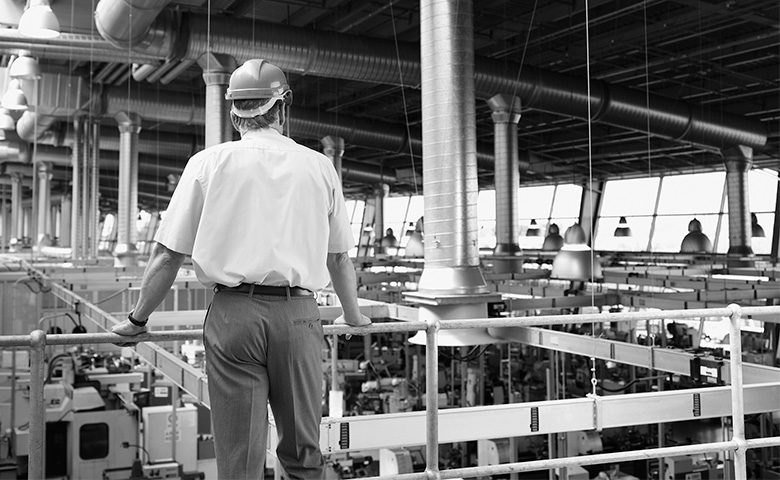This article by Ray Prest was originally published in the
Spring/Summer 2019 issue of the Safety Decisions Magazine
If you work in safety, then you know what it means to work. Sixty-hour weeks. Countless responsibilities. First, you’re rolling up your sleeves on the worksite, and then, you’re wading through spreadsheets in your office. When a serious incident occurs, it’s your phone that rings in the middle of the night.
Most environment, health, and safety (EHS) managers push themselves week after week because they know how important their job is. They’ve experienced what it’s like to save someone’s life. Nobody needs to tell safety folks how important their job is—they’re already motivated by a desire to do whatever they can to keep people safe.
But there’s a downside to being so driven. Burnout is always lurking around the corner. With a never-ending to-do list and a lack of recognition for the sizable load that they carry, there’s a high risk of exhaustion setting in.
Safety folks act as caretakers of the workforce. But when burnout looms and they need to be taken care of, who will look after them?
By and large, the answer is no one. The nature of safety jobs means there’s no one tapping you on the shoulder to suggest that you get some rest. And because safety managers are so focused on their work, they find it easy to push through the first hints of burnout.
Unfortunately, a little bit of burnout leads to a lot more burnout. Your productivity diminishes, you no longer have insightful moments, and your spark is extinguished. At that point, you’re helping no one.
In the safety profession, there are a few major causes of burnout. Unfortunately, most of them are baked into the job description. Management conflicts, a high degree of repetition, a lack of downtime, general stress—any of these sound familiar? If you’re an EHS manager, I bet you’re well versed in at least a couple of them.
Does this mean burnout is unavoidable for safety folks? If you’re looking for a silver bullet to slay chronic exhaustion, then you’re probably out of luck. But while burnout can’t be banished from safety careers, it can be mitigated—and the solution starts with self-care.
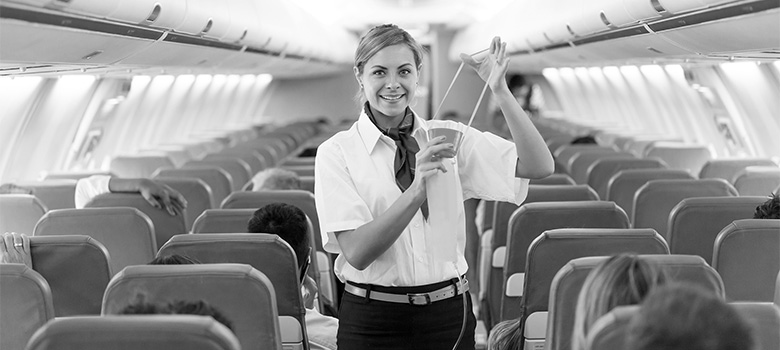
You can’t help others until you help yourself first.
Self-care for safety professionals
Self-care is a concept that most safety professionals should be familiar with. After all, EHS folks regularly preach personal awareness in order to stay safe. And many are also responsible for health and wellness initiatives at their site. So it’s hardly a stretch to suggest they apply these same principles to themselves.
Before every commercial airline takes off, a flight attendant reminds passengers that in case of emergency, they should put on their own oxygen mask before helping passengers who need assistance. The message is simple: You can’t help others until you help yourself first.
People in the safety industry are notoriously bad at taking care of themselves. As a profession, we’ve gotten quite good at keeping stress, burnout, and job fatigue in the shadows.
That’s why I want to shine a light on the problem—and highlight the steps you can take to stave off burnout and keep yourself mentally and physically healthy, day after day and year after year. To that end, here are a few things safety professionals should consider if they’re feeling exhausted by their jobs.
Time off
Short breaks are one of the easiest ways to prevent workers from becoming fatigued on the job (and increasing their risk of injury as a result). The same is true for you. If you find yourself feeling chronically tired, give yourself permission to take some time to recover.
Not only is it important to take some time off from work, but it’s also important to do other things. A change is as good as a rest, as the old saying goes, and you can recharge your batteries by spending time on a nonsafety pursuit.
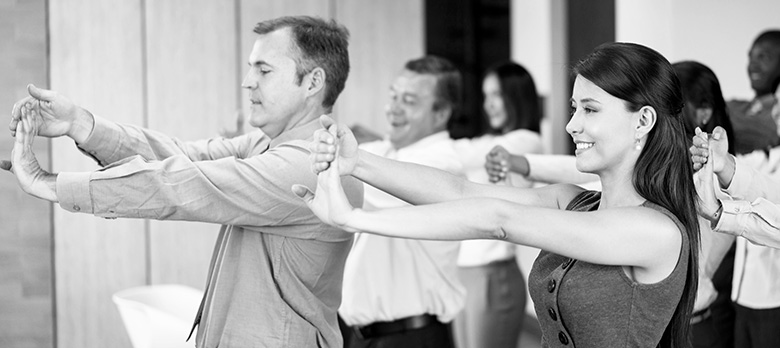
Leaders can better keep up with the rigors of their jobs if they keep themselves in relatively decent shape.
Physical care
You are what you eat—and you are how you exercise, too. I’m not going to lecture you on eating better or getting a gym membership but only because magazines like Forbes, Fortune, and Inc. have already been doing so for years. They’ve all touted the job-performance benefits of executives taking care of themselves. And the same principles apply to safety folks.
Leaders can better keep up with the rigors of their jobs if they keep themselves in relatively decent shape. You don’t need a six-pack to deliver safety training— but you’re more likely to engage trainees if you can muster the energy for class after class.
Motivation
One of the surest signs of burnout is a loss of motivation. When this happens, it’s time to reconnect with what motivates you.
Ask yourself what you first loved about your job. Is it the ability to save lives? The opportunity to stand in front of a room of people and teach them important safety skills? The ability to provide handson coaching to help people perform their jobs more safely and effectively? Identify your early sparks for EHS, and then dote on them in an effort to rekindle your motivation.
Job renewal
Stress and long hours are inherent parts of the job. But wheel-spinning and a high degree of repetition aren’t. If you find yourself stuck in a rut, it’s time to do something about it.
The first option is to initiate a change in your job. This could mean looking for a new gig—but it doesn’t have to. You can also look for ways to restructure your job description, or you can dedicate yourself to devel¬oping new skills to become a better manager.
You work hard, and you deserve learning opportunities. Seizing these opportunities will help you feel proactive rather than reactive and make you feel more like you’re taking back control of the safety agenda.
Finally, you can also look for new ways to solve the everyday safety headaches. Look into new concepts and programs that offer new avenues of injury prevention—and that might renew your enthusiasm for your job.
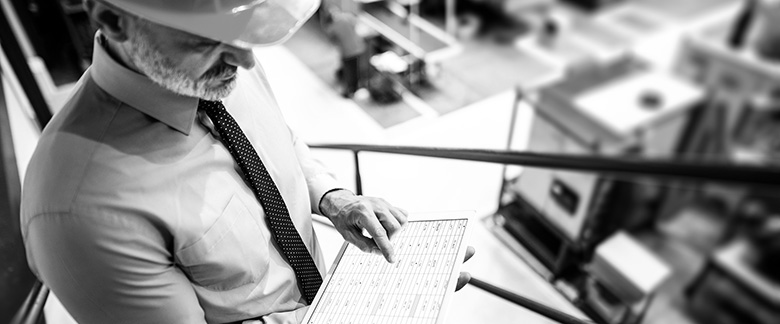
What are you going to do?
The Occupational Safety and Health Administration (OSHA) is never going to create a self-care standard. So, you need to create one for yourself. Take some time to determine what you can do to help yourself recover when you’ve had a few tough weeks—or months—on the job.
And then comes the tough part: developing the habit of actually taking care of yourself. It doesn’t matter what you do as long as it works for you and, most importantly, you actually do it.
Start small by deliberately integrating self-care into your everyday routine. Plan a 15-minute break in the middle of your day, go for a short walk after work to clear your head, or schedule time in your calendar to think about exciting things you’d like to accomplish in the future.
Whatever you choose to do, remember that by taking care of yourself, you’re improving your ability to look out for others—and that’s a form of care we can all agree is worthwhile.
Ray Prest is the Director of Marketing at SafeStart, a safety company focused on human factors solutions that reduce preventable death and injuries on and off the job. A columnist for Safety Decisions since 2015, Ray’s been helping people learn about safety and training for over 20 years. Read more at safestart.com/ray.
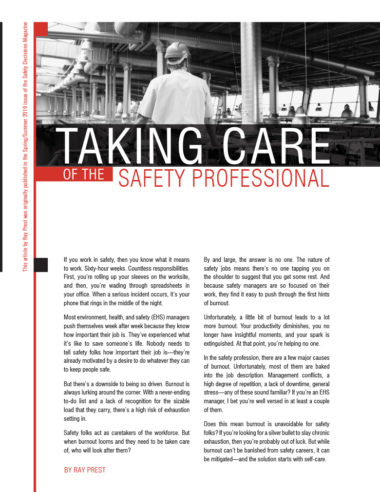
Get the PDF version
You can download a printable PDF of the article using the button below.

